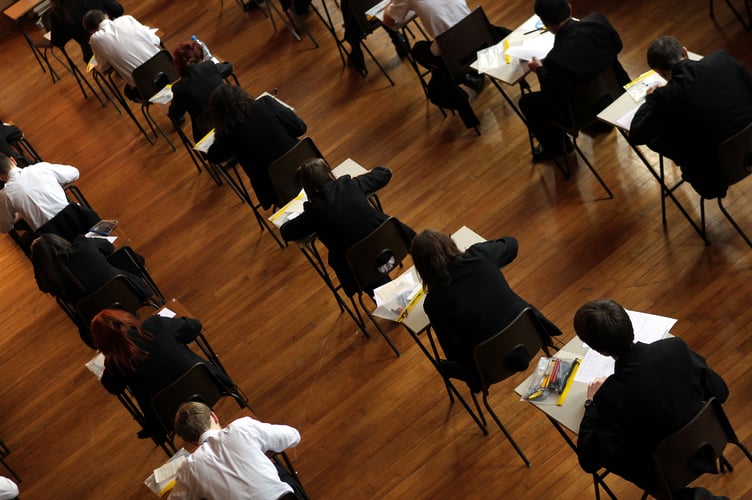Somerset school leavers are more likely to be in work than education five years after completing their GCSEs, new figures show.
A charity has called for education to be made a national priority to level the playing field for the worst-off.
New figures from the Department for Education show what Somerset school leavers are up to after finishing compulsory education.
For those who finished year 11 at a mainstream state school in 2017, 35.2% were continuing their education five years later, while 41.5% were in work.
Across England 43.2% of leavers were in sustained education at this point, with 33% in work.
There are significant regional disparities in pupil outcomes – 55.9% of the 2017 cohort in London were still studying as of 2022, compared to 38.4% in the North East. In the South West this was 39.3%.
Sir Peter Lampl, founder of the Sutton Trust charity, said youngsters have faced a "challenging environment" in recent years, struggling with disruption during the pandemic, "patchy" mental health support and the cost-of-living crisis.
He continued: "Today, the attainment gap between the most and least well-off youngsters remains the highest it has been for a decade."
"It’s time political leaders faced up to these challenges by making education a national priority, as did the Blair government with its 'Education, Education, Education', and setting out a national plan to close the attainment gap," he added.
Those who had received support for special educational needs are far less likely to continue with education after leaving school than their peers.
The figures show five years on, 24.2% of children with SEN from mainstream state schools were still studying, compared with 45.8% of those who did not need such support. In Somerset, 18.8% of those with SEN were still studying, while 40.9% were in work.
Across England, 28% of school leavers with SEN had 'no sustained destination' recorded five years on – meaning they had not been in work or education for at least six months of the year. This fell to 12.1% among their peers.
Take-up for apprenticeships is also down, despite government efforts to increase their popularity.
At least 10% of those who finished key stage four between 2013 and 2015 were undertaking an apprenticeship three years later. But for those finishing in 2018 and 2019 this was 7% and 7.6% respectively.
Somerset saw 10.1% of the 2019 cohort in an apprenticeship at this point.
Research from the Sutton Trust and UCAS suggests 40% of students interested in undergraduate options are also interested in apprenticeships – which suggests there is demand from young people for them.




